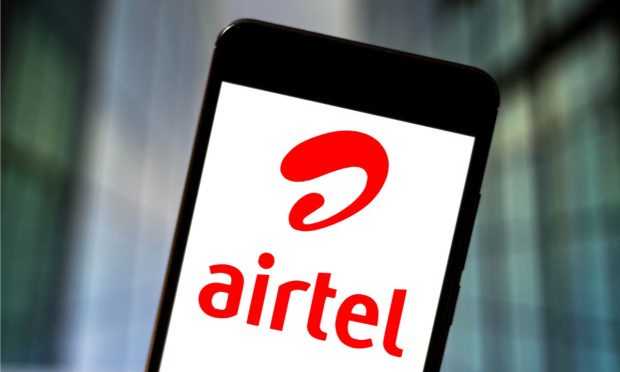Uganda’s Telcos, Smartphone Ownership Drive Digital Inclusion in East Africa

Internet access is the foundation of any digital economy. Without it, there can be no digital transformation, which explains why expanding coverage has been a central pillar of national digitization strategies the world over.
In the East African state of Uganda, internet penetration has experienced a serious upswing since the mid-2010s, with the World Bank estimating that the percentage of the population using the internet increased from 6% to 20% between 2016 and 2020 alone.
But unlike some countries that experienced the rapid expansion of internet access and usage in previous decades, Uganda has done so in the age of 4G. As a result, instead of the internet reaching into Ugandan homes and businesses primarily via metal and fiber cables, mobile towers have carried a significant share of the responsibility for the country’s digital transformation.
See also: Homegrown Super Apps Shape the Future of Mobile-First African Market
An indication of Uganda’s wireless-first approach to internet penetration can be seen in the growth strategies of the country’s telecommunications network operators, where the Ugandan units of global telecommunication groups MTN and Airtel take the lion’s share of the market.
Growing Smartphone Ownership and Data Coverage
Although USSD-based mobile money transfers have been essential in normalizing ePayments in Uganda and reducing the economy’s reliance on cash, increasing data coverage and smartphone penetration have played a critical role in driving the growth of eCommerce and internet-based financial services in the local economy.
Mobile network operators also play a critical role in building and maintaining the necessary infrastructure for Uganda’s mobile internet. In recent years, they have also been forging ahead with schemes to help get internet-enabled devices into the hands of Ugandans.
For example, MTN Uganda has created the “pay mpola mpola” device financing scheme, which allows customers to pay for a new smartphone in daily, weekly or monthly installments. In June, the South Africa-based telecommunications provider even added its own smartphone to the mpola mpola catalog — a handset designed for the Ugandan market, known as Kabode Supa, which comes with data included during the repayment period.
Additionally, just this month, Airtel Uganda announced a partnership with DLight Uganda to extend access to smartphones on a hire purchase plan to the company’s customers.
When PYMNTS spoke to Airtel Mobile Commerce CEO Vimal Kumar Ambat last year, he highlighted how smartphones will continue to grow in prevalence as African commerce evolves, saying, “As data prices start coming down and cheaper smartphones enter, USSD technology will wear out.”
Watch the interview: Central Bank Gives Nod to Mobile Money Licenses; Airtel Fast-Tracks Plans to IPO Mobile Money Unit
While lower-frequency GSM networks still have legs in the country, Airtel is not alone in seeing mobile internet as the future of Uganda’s telecommunications market.
In a visit to Uganda last year, Yolanda Cuba, the vice president for the MTN Group’s Southern and Eastern Africa regional markets division, listed increasing access to handsets and expanding 4G and 5G coverage among MTN’s top priorities for the country, adding that MTN intended to have 90% network coverage in the country within five years.
As well as building the infrastructure for mobile internet and helping their customers purchase smartphones on finance, Uganda’s telcos are also designing their data bundles around the goal of increasing digital inclusion.
Both MTN and Airtel offer a range of wireless internet solutions that allow customers to connect multiple devices to a WiFi router for home, business or personal use. What’s more, facing increased competition from smaller providers offering cheaper, more flexible data packages, the country’s leading carriers have diversified away from fixed-term packages in recent years and now offer data bundles that don’t expire.
For all PYMNTS EMEA coverage, subscribe to the daily EMEA Newsletter.
